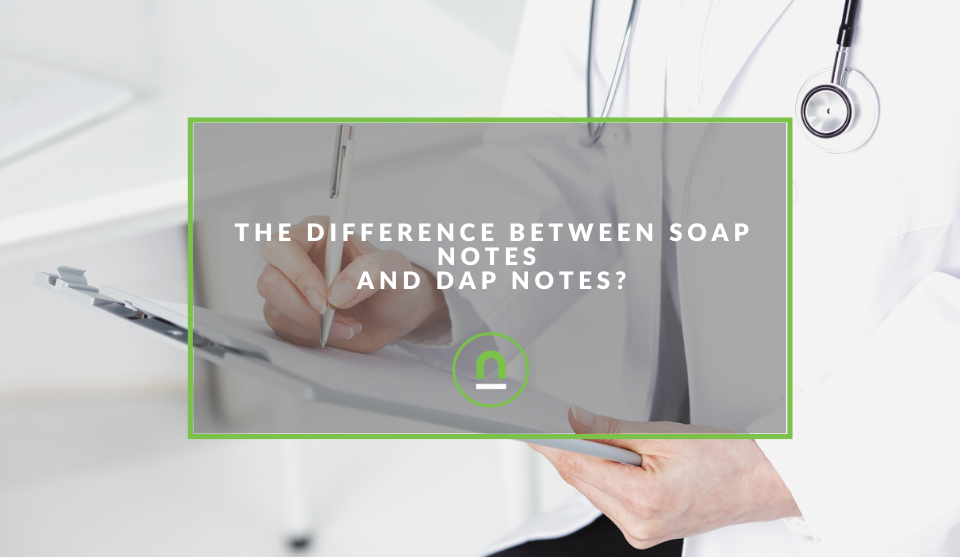Recent posts

Money Talks
Why Cross-Border Payments Are Slow, Tedious, and Expensive
17 December 2025

Money Talks
The Rise Of Trading Platforms In South Africa
16 December 2025

nichemarket Advice
The South African VAT Threshold Chokehold
05 December 2025

Doctors Orders
The Difference Between SOAP Notes and DAP Notes
02 December 2025
Popular posts
Extravaganza
Trending Music Hashtags To Get Your Posts Noticed
24 August 2018
Geek Chic
How To Fix iPhone/iPad Only Charging In Certain Positions
05 July 2020
Extravaganza
Trending Wedding Hashtags To Get Your Posts Noticed
18 September 2018
Money Talks
How To Find Coupons & Vouchers Online In South Africa
28 March 2019
What is UTM tracking and Why You Should Use it
24 October 2017 | 0 comments | Posted by Che Kohler in nichemarket Advice
So you've launched your site, and you've started marketing it via various digital channels, if you haven't used UTM tracking you've probably got a lump of traffic attributed to direct, you don't know which of your social posts or ads work best or which emails are bringing in traffic.
What is UTM tracking?
UTM or Urchin Tracking Module code is a snippet of text that is attached to the end of a URL to track source set parameters to attribute and categorise traffic. You can set parameters such as medium and campaign name of your marketing efforts within Analytics (and other analytics tools).
Below is an example of a UTM URL that can be added to your links. This helps you track the performance of all of your efforts and allows you to see specifically where your traffic is coming from. ?utm_source=Pinterestandutm_medium=social.Organicandutm_campaign=Blog
When to use UTM tracking?
UTM tracking can be used to tag your URLs for marketing efforts like:
- Emails
- Social media posts
- Social media ads
- Paid search ads
- Display
ads - Affiliate links
- Offline efforts
How to set up UTM tracking?
Using UTM tracking can be tricky at first, but there is no wrong way to use it as long as you understand it that's all that matters. However, there are some recommended best practices. When tagging with UTMs, there are five parameters that can be used when setting up UTM codes.
Campaign Source – This is a required field. The source should be used to identify the platform or vendor where the link is placed. Examples would be Facebook, Newsletter, a specific site name, etc.
Campaign Medium– This is used to be a required field, but Google has recently changed it to not required. We highly recommend that you use this field for every tagged URL. Medium is the broadest field and is used to describe the type of placement. Examples of this would be CPC, Banner, Email, etc.
Campaign Name – This also used to be a required field, but is no longer required. Campaign name is used to identify your campaign. Examples of campaign names might be November newsletter or holiday sale.
Campaign Term – This field is mainly used for tracking keywords in paid search campaigns, it may also be used in display campaigns to identify different aspects of your audience.
Campaign Content – This field can be used to differentiate ads that are pointing to the same URL. This can be used for A/B testing
Use consistent naming conventions
Consider creating a UTM naming convention guide to ensure all team members are following best practices and use the same tagging terms.
Keep track of your UTMs
Use a spreadsheet to keep track of all of your UTMs for every campaign. This way you have a historical reference of the UTMs you have used and also to ensure you continue to use the same naming conventions for future campaigns.
Make your UTMs descriptive
You don’t want there to be any confusion when reviewing the results of your campaigns in Analytics. UTMs should be very clear and concise and should tell the full story of the link.
Masking UTM tracking
UTM tagged URLs are very long and not pretty and can seem spammy. You can hide this by using URL shorteners like Goo.gl, Bitly or hyperlinks when possible. Additionally, as mentioned above, for off-line efforts you can set up vanity URLs that redirect to a UTM tagged URL.
Protip! You can also hide UTM tracking by using a clever bit of javascript from Wistia.
View your tracked campaigns
To view your campaign performance within Google Analytics, you can go to the Acquisition Reports> Campaigns> All Campaigns. This report will show you all campaigns that are driving traffic to the site.
Get better traffic attribution with UTM
Although not a full proof solution, if used correctly UTM tracking can be a powerful tool. Since it overwrites the last click attribution, it can cause tracking discrepancies, so never assume all visitors attributed to a specific channel is the absolute figure. So with the disclaimer out of the way, it is still the best solution we have at the moment. UTM tracking gives you a more in-depth understanding of how users are coming to your site from your marketing efforts than you would have had otherwise.
Contact us
If you want to know more about tracking and reporting, don’t be shy we’re happy to assist. Simply contact us
You might also like
Why Load Bin Accessories Make Your Bakkie So Much Easier to Live With
26 November 2025
Posted by Jasper J in Petrol heads
A look at how to get the most out of your bakkie, keep it protected as it works and why load bin accessories make your bakkie so much easier to live ...
Read moreWhy Cross-Border Payments Are Slow, Tedious, and Expensive
17 December 2025
Posted by Che Kohler in Money Talks
While we have modernised many industries, surprisingly, digital payments are struggling to keep up, and the old way of transferring funds online has ...
Read more{{comment.sUserName}}
{{comment.iDayLastEdit}} day ago
{{comment.iDayLastEdit}} days ago
 {{blogcategory.sCategoryName}}
{{blogcategory.sCategoryName}}
